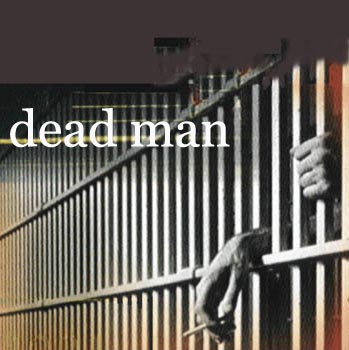“But if injury ensues, you shall give life for life, eye, for eye, tooth for tooth, hand for hand, foot for foot, burn for burn, wound for wound, stripe for stripe.”
These words, stated from Exodus 21:23-25, are often used to justify the death penalty and serve as a purpose to make punishment fit crime. In today’s society the Catholic Church teaches that capital punishment erodes respect for life, which was clearly evident in Dad Man Walking. Through Catholic beliefs, as well as viewpoints, we see how Dead Man Walking ties in with the Church’s teaching.
“Assuming that the guilty party’s identity and responsibility have been fully determined, the traditional teaching of the Church does not  exclude recourse to the death penalty, if this the only way of effectively defending human lives against the unjust aggressor” (Paragraph 2267 of the Catechism of the Catholic Church). Public authority has the right to punish malefactors proportionate to the gravity of the offense, which in turn, cases of extreme gravity do result in the death penalty. “If however, non-lethal means are sufficient to defend and protect people’s safety from the aggressor, authority will limit itself to such means, as these are more in keeping with the concrete conditions of the common good and more in conformity with the dignity of the human person” (Paragraph 2267 of the Catechism of the Catholic Church). Today, the United States bishops and Vatican members encourage all Christians to abolish the death penalty.
exclude recourse to the death penalty, if this the only way of effectively defending human lives against the unjust aggressor” (Paragraph 2267 of the Catechism of the Catholic Church). Public authority has the right to punish malefactors proportionate to the gravity of the offense, which in turn, cases of extreme gravity do result in the death penalty. “If however, non-lethal means are sufficient to defend and protect people’s safety from the aggressor, authority will limit itself to such means, as these are more in keeping with the concrete conditions of the common good and more in conformity with the dignity of the human person” (Paragraph 2267 of the Catechism of the Catholic Church). Today, the United States bishops and Vatican members encourage all Christians to abolish the death penalty.
The United States bishops and other Vatican members view that the abolition of capital punishment would seek to build a society committed to human life. The United States bishops said that the abolition of the death penalty would reaffirm the dignity of each person as a creature made in the image of God, practice forgiveness, and promote a compassionate society. Pope John Paul II stated that the death penalty was cruel and unnecessary. It is a sign of desperation. He also looks at how the abolition of the death penalty would reaffirm civilization in being successful in dealing with criminality. Other Vatican members “echoed the pope’s views,” as well as many other humanistic issues. We see how some of these teachings and views are relevant in Dead Man Walking.
A film based on capital punishment, Dead Man Walking creates a disturbing and compelling picture about the death penalty and how it relates to the Catholic teaching. As Matthew Poncelet is on death row and awaiting his execution, Helen, a Catholic nun, becomes exposed to Poncelet’s pain and offers love and a chance for salvation in his life. As viewers, we see that every human life is sacred, even when the individual is guilty of wrong doing, as well as we see the Christian faith being professed; that human beings are never beyond repentance or reconciliation. Yet Poncelet’s crime was a case of extreme gravity, but more importantly we see that Poncelet was willing to confess to his crime and in turn became redeemed.
Through Catholic beliefs and viewpoints, we see how the Catholic Church’s teaching ties in with Dead Man Walking. Remember the teachings of Christ, and pray for the forgiveness of others who have injured us. The future is the true example of love and compassion.
